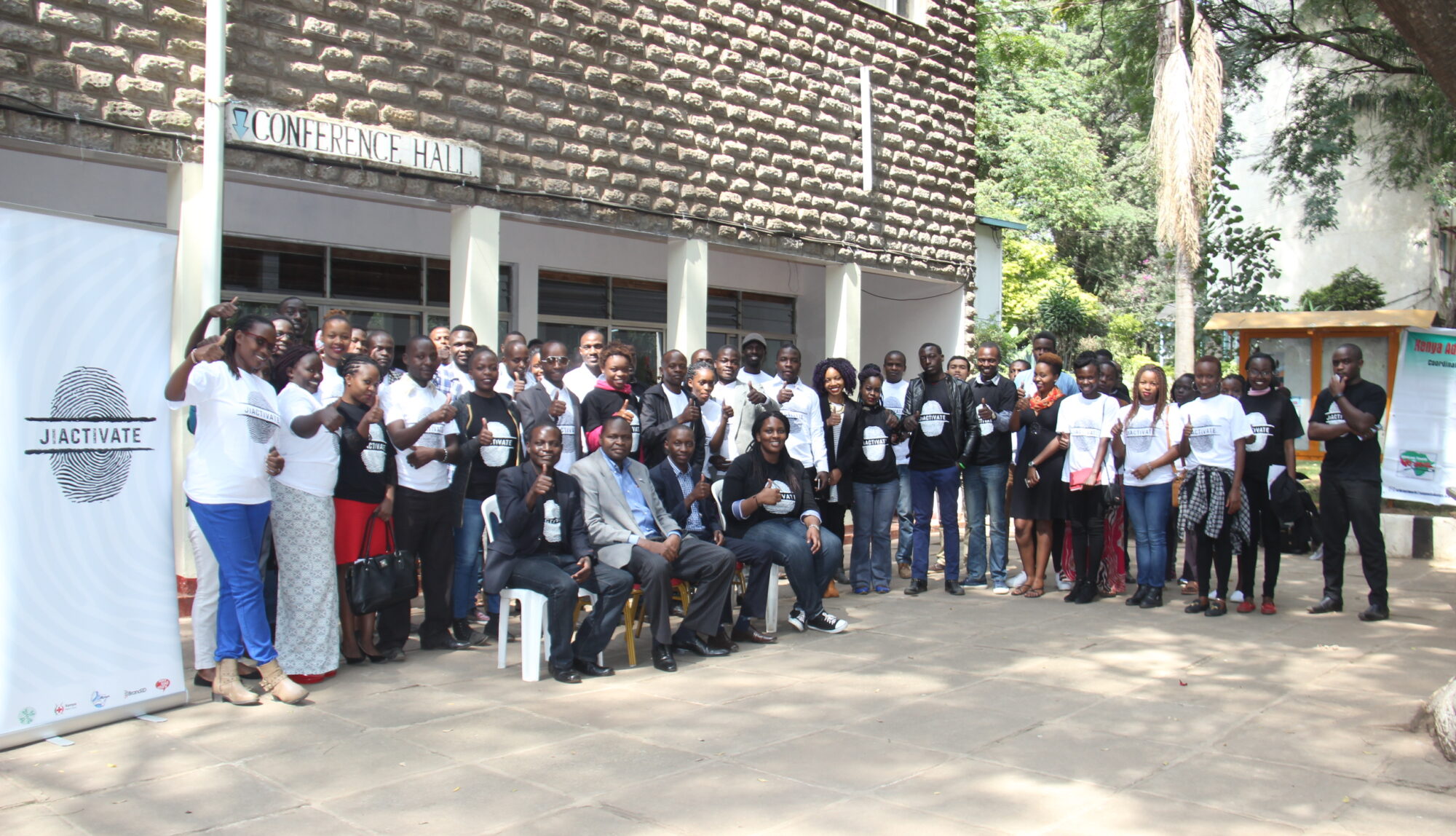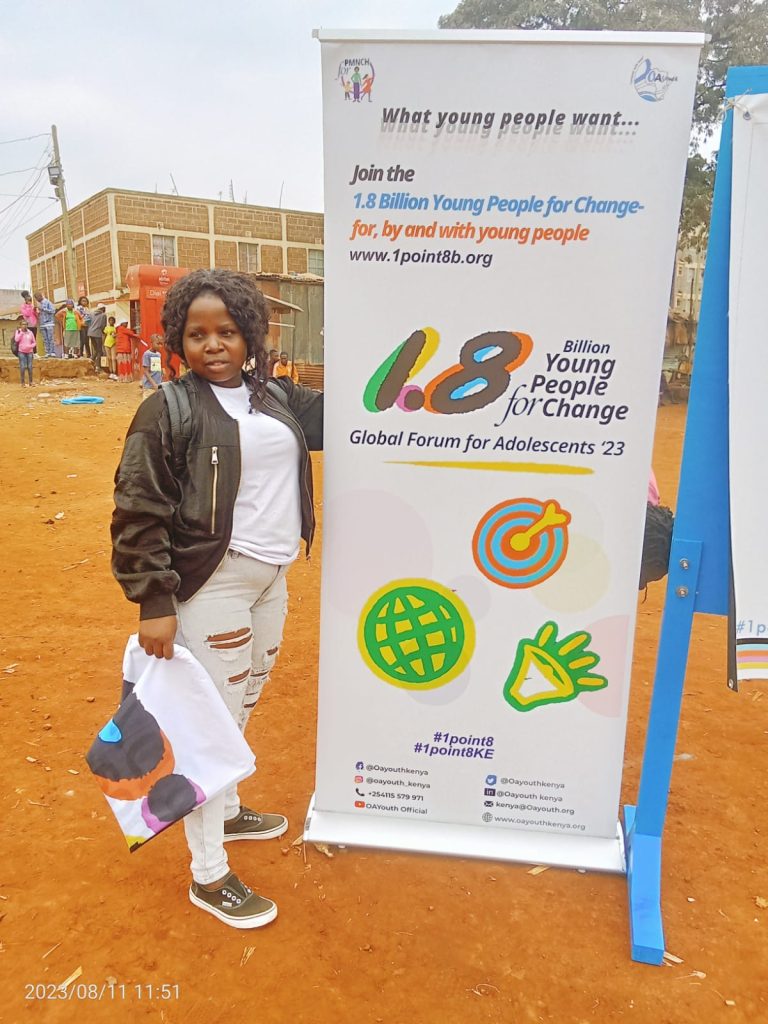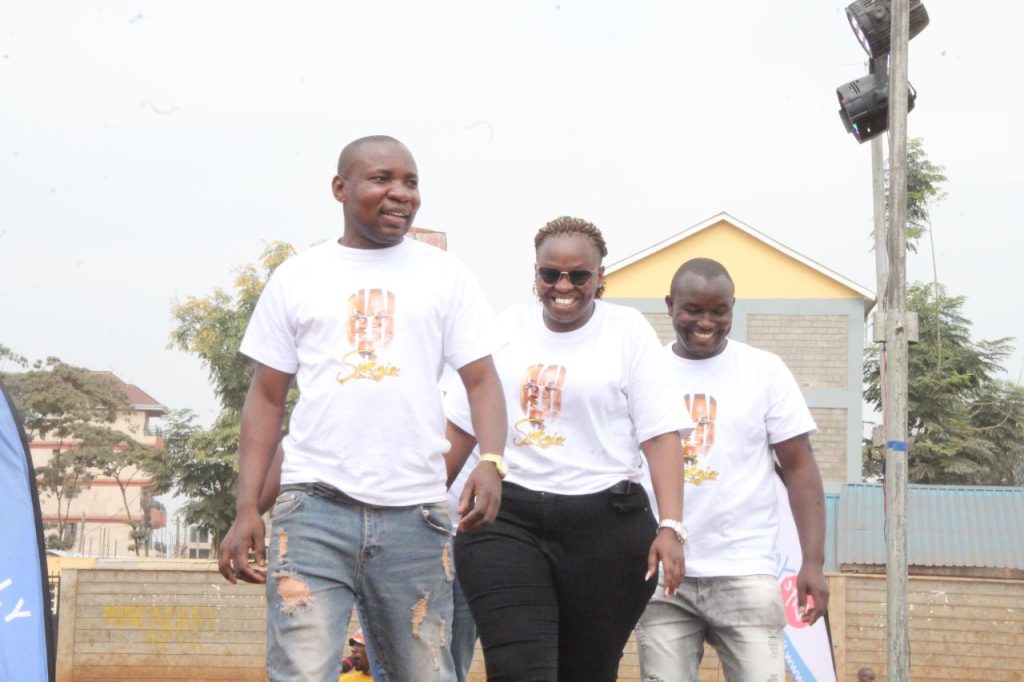Schools as Hubs for Nutrition Education: Integrating Healthy Choices into Education

At the heart of the recently concluded 1point8b initiative, wherein the voices of adolescents and youth worldwide were collected, was the unanimous plea for enhanced well-being.
Among the Kenyan portion of the study group, there was a sincere yearning for a balanced diet, improved nutrition, better nutrition, and education on nutrition and dietary practices.
As these young voices resonated, an agenda was born—a commitment to reshape policies and programs that would address the nutritional needs of the youth.


The Solution; An Agenda Dedicated to Health of Adolescents and Young People
In response to the resounding call for improved nutrition, and good health in general, a comprehensive agenda has been crafted, aimed at reshaping policies and programs to address the unique challenges faced by adolescents and young people.
The focal point of this agenda is to provide accessible, high-quality health and well-being services, particularly tailored to the needs of adolescent parents.
The strategy includes innovative approaches such as “one-stop shops,” digital platforms, and peer-led models, strategically positioned to bring care closer to communities.



By integrating these services into primary healthcare facilities, schools, and community-based services, the agenda seeks to create a holistic framework that not only addresses nutritional needs but also fosters a supportive environment for the overall well-being of the younger generation.
Schools at the Center
The proposed “one-stop shops,” digital platforms, and peer-led models aim to bring care closer to communities, with schools emerging as vital access points.
A large bunch of this group is still in school and spends a considerable amount of their day doing school activities and learning. Moreover, the rhythm of their life is dictated by the school calendar.
Recognizing schools as community anchors, this approach aims to seamlessly integrate essential services and resources, fostering a holistic environment that extends beyond traditional academic realms.
By leveraging schools in this manner, the vision is to create an all-encompassing support system that not only addresses health-care needs but also contributes to the overall well-being and development of adolescents and youth.



A Collective Duty
The agenda is not a mere proclamation but a roadmap for action. A roadmap for action for governments and stakeholders from all sectors to collaboratively develop and implement policies and programs that bring these priorities to life.
The initiative extends beyond just mere talk, urging practical steps to turn schools into vibrant hubs for nutrition education.
The call to action cuts across communities, schools, and policy-making chambers. The vision is clear, and the responsibility is shared—we must collectively shape a future where schools are not just centers of academic learning but thriving hubs that nurture the holistic well-being of Kenyan adolescents and youth through the power of nutrition education.